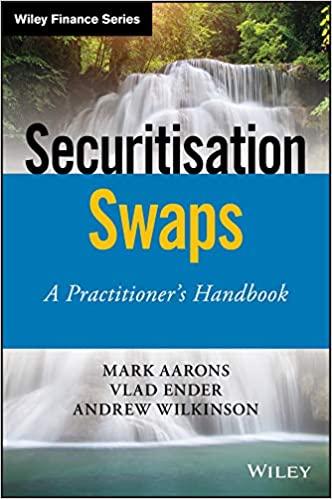She moved to Toronto for a new job in commercial banking. There, she rented a spacious, two-bedroom condominium for $3, 805 per month. In January
She moved to Toronto for a new job in commercial banking. There, she rented a spacious, two-bedroom condominium for $3,805 per month. In January 2022, an identical unit next door became available for sale with an asking price of $1,000,000. Given the current market conditions, Mackenzie believes she could purchase it for $1,000,000. While Mackenzie really liked the condominium unit she was renting, she felt that it would be inadequate for her long-term needs, as she planned to move to a house or even to a larger penthouse condominium within five to 10 years, or even sooner. She receive mixed advices from her friends on whether she should keep renting and enjoy the flexibility of the rental or buy her own condominium and build up her equity and capitalize on a potential sustained growth in the housing prices. She wanted to analyze the buy-versus-rent decision from a quantitative point of view in order to provide some context for the qualitative considerations that would ultimately be a major part of her decision.
If she decided to purchase the new unit, Mackenzie intended to provide a cash down payment of 20 per cent of the purchase price. There was also deed-transfer tax of approximately 2.8 per cent and other closing fees of about $2,000. (For simplicity, Mackenzie planned to initially ignore any other tax considerations throughout her analysis.).
To finance the 80% of the price of the condo, Mackenzie was able to obtain a mortgage at a 4.2 per cent quoted annual rate, compounded monthly. This rate would be locked-in for a 10-year term and that she would amortize the mortgage over 25 years, with monthly payments (end of month). If Mackenzie purchased the new condominium, she would pay monthly condo fees of $600 per month, plus $1061.52 per year for taxes on the unit and other maintenance fees.
Importantly, the money (cash) that Mackenzie was planning to use for her down payment and closing costs was presently invested and was earning the same effective monthly rate of return as she would be paying on her mortgage. Mackenzie assumed that if she were to sell the condominium say, in the next two to 10 years she would pay 5 per cent of the selling price to realtor fees plus $2,000 in other closing fees.Determine the principal outstanding on the mortgage after 10 years.
Step by Step Solution
There are 3 Steps involved in it
Step: 1

See step-by-step solutions with expert insights and AI powered tools for academic success
Step: 2

Step: 3

Ace Your Homework with AI
Get the answers you need in no time with our AI-driven, step-by-step assistance
Get Started


